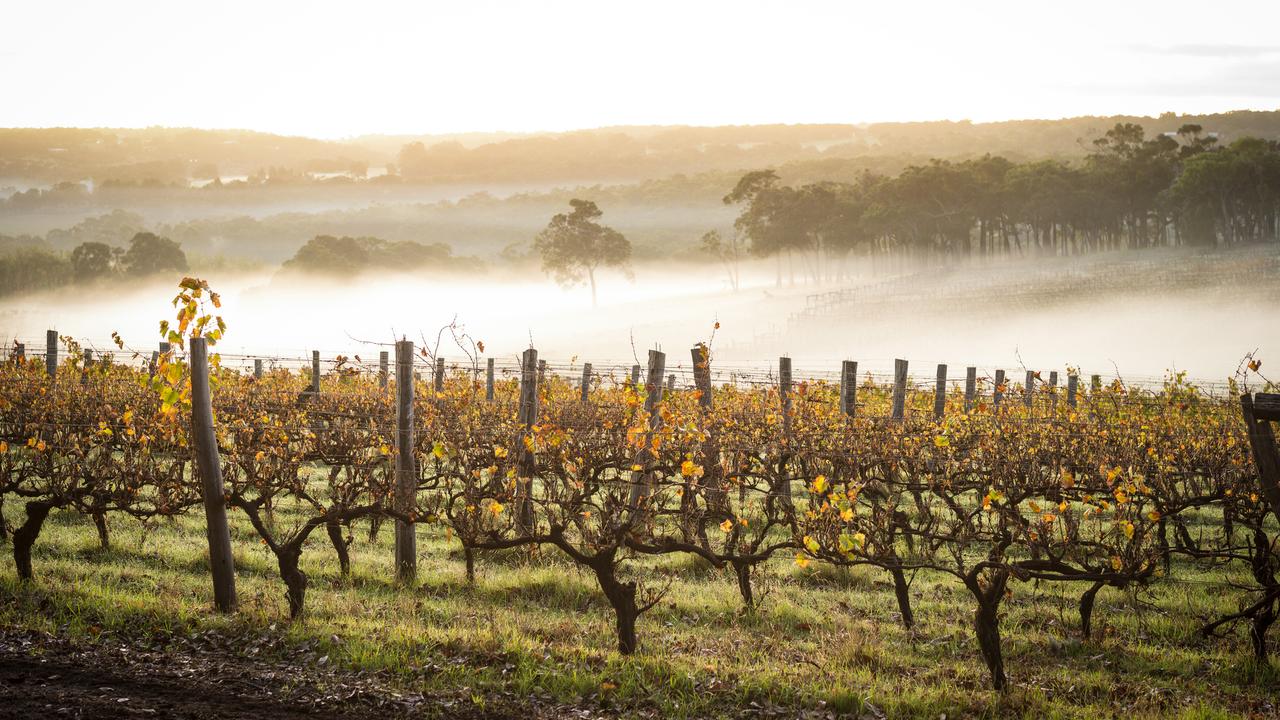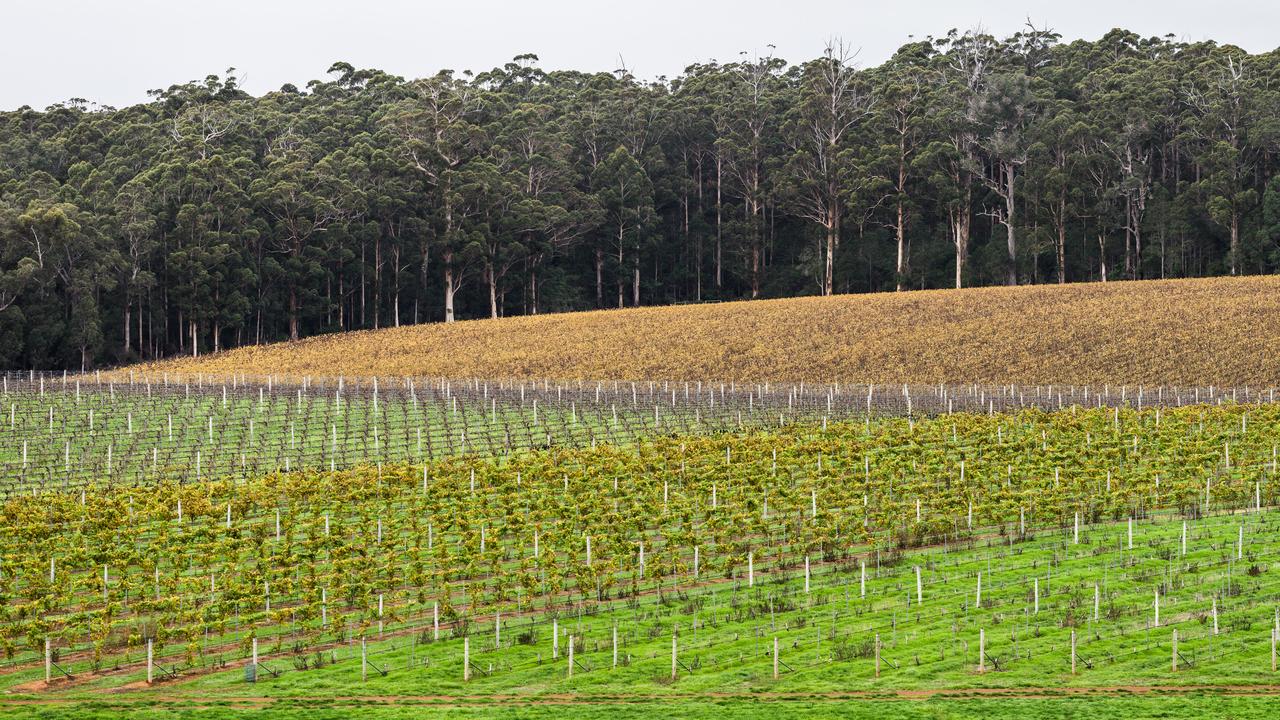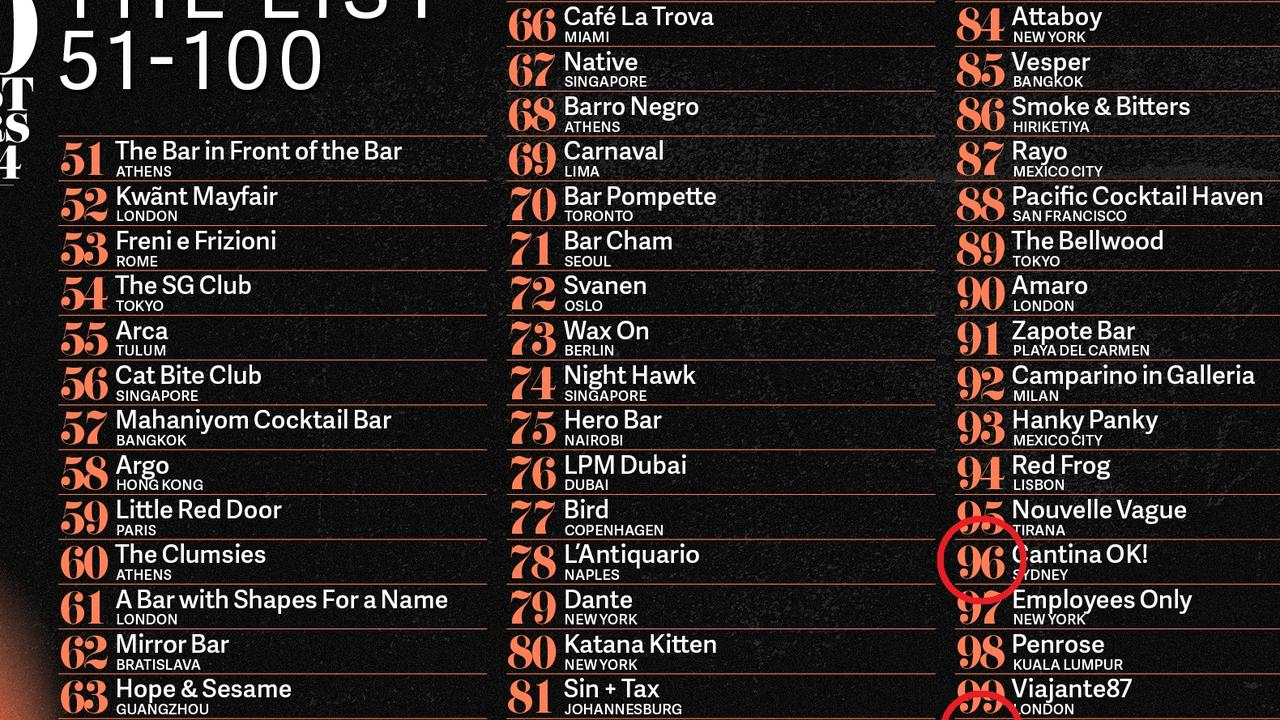Extreme weather conditions impact global wine production
Global wine production is likely to drop to a six-decade low this year, with figures in Australia also looking bleak with experts blaming one thing.

Poor weather is being blamed for an expected big drop in global wine production.
Australia has experienced severe weather conditions over the years with a higher risk of heatwaves and bushfires forecast for the next seven months.
As such, bad weather including heavy rainfall and drought is the reason the world’s wine-producing countries will likely see a seven per cent decrease in production (excluding juices and musts) in 2023 than last year, according to the International Organisation of Vine and Wine (OVW).
It would mean it’s the worst (smallest) production since 1961 at 214 mhl — even lower than the historically small production volume of 248 mhl in 2017, according to OVW, which provides data to grape and wine producing and consuming countries.

The figure is based on data collected on 29 countries, which account for 94 per cent of the global production.
“In the Southern Hemisphere wine production volumes are expected to be well below 2022 figures,” OVW said in a statement.
“Australia, Argentina, Chile, South Africa, and Brazil were all heavily affected by adverse weather conditions.
“The only exception is New Zealand, the only country with a 2023 production level above its five-year average.”
The Vine and Wine organisation explained Australia, Argentina, Chile, South Africa and Brazil had significant drops in production. They all saw an output of between 10 and 30 per cent.

In the Northern Hemisphere, Spain held onto its position as the world’s third largest wine producer although its production fell by 14% and was down 19% from its five-year average.
Alongside Spain, Greece also suffered the most from bad climate conditions during the growing season, while Italy lost its title of top world producer as its output fell 12 per cent, allowing France to reclaim first place as its production held steady.
“France becomes the largest world producer in 2023, with a volume slightly above its five-year average,” the statement said.

“Only the USA and a few EU countries like Germany, Portugal and Romania, experienced favourable climatic conditions that resulted in average or above-average volumes.”
The OVW, however, advises that this year’s figures should be taken with caution as there are still large countries like China, whose information is not yet available.
“Also, the high volatility in production volumes observed over the last years at both country and regional levels makes forecasting exercise even more difficult,” the OVW said.
It also said in “a context where global consumption is declining and stocks are high in many regions of the world, the expected low production could bring equilibrium to the world market”.

Meanwhile, according to Wine Australia, Aussie wine exports declined by 11 per cent in value to $1.79 billion and four per cent in volume to 604 million litres, in the last year.
“Total value was well below the previous 10-year average of $2.31 billion and the lowest 12-month value for nearly a decade,” a statement issued in October read.
“Total volume was also below the previous 10-year average of 731 million litres and the lowest in nearly two decades (see Figure 1), reflecting the exceptionally tough global trading conditions that have prevailed since 2020.”
Wine Australia also explained that while early estimates indicate global wine production in 2023 will be below average for the fifth year in a row, “it is still expected to exceed demand by around 10 per cent”.
In a separate statement, Wine Australia referenced the impacts climate change is having on the grape and wine community.
“[As] evidenced by changes in grape phenology and harvest dates, which has led to compressed harvests and greater pressure on vineyard and winery infrastructure,” it said.
It added that some of the adaptation responses in Australian vineyards have included increased irrigation efficiency and modified irrigation practices in response to heatwaves and frosts.
“Wine Australia’s R&D investment continues to strengthen these practice changes in the vineyard and provides new knowledge in viticultural strategies for the Australian wine community addressing impacts of a changing climate which will allow informed decisions to be made on future management and investment.”






